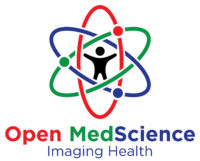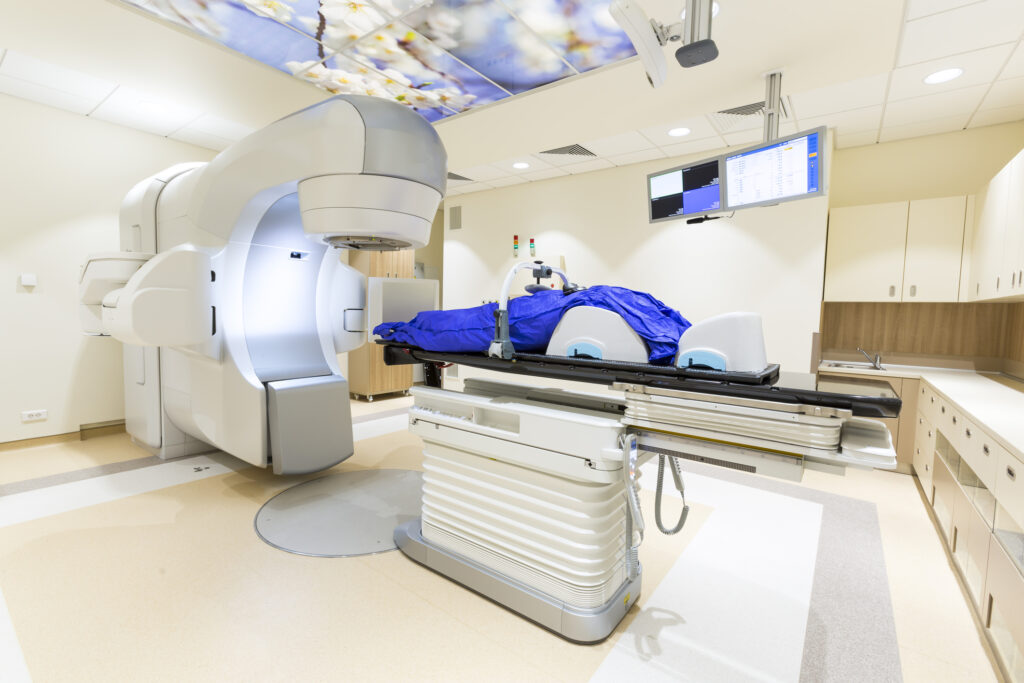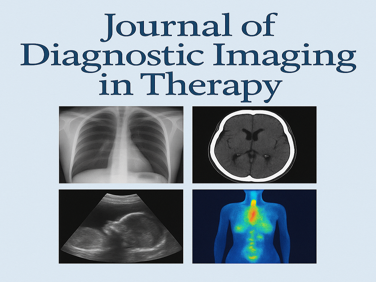History of Nuclear Medicine: A Century of Innovation and Impact
Nuclear medicine has transformed healthcare over a century, innovating in diagnostics and treatments significantly.
History of Nuclear Medicine: A Century of Innovation and Impact Read Article »



